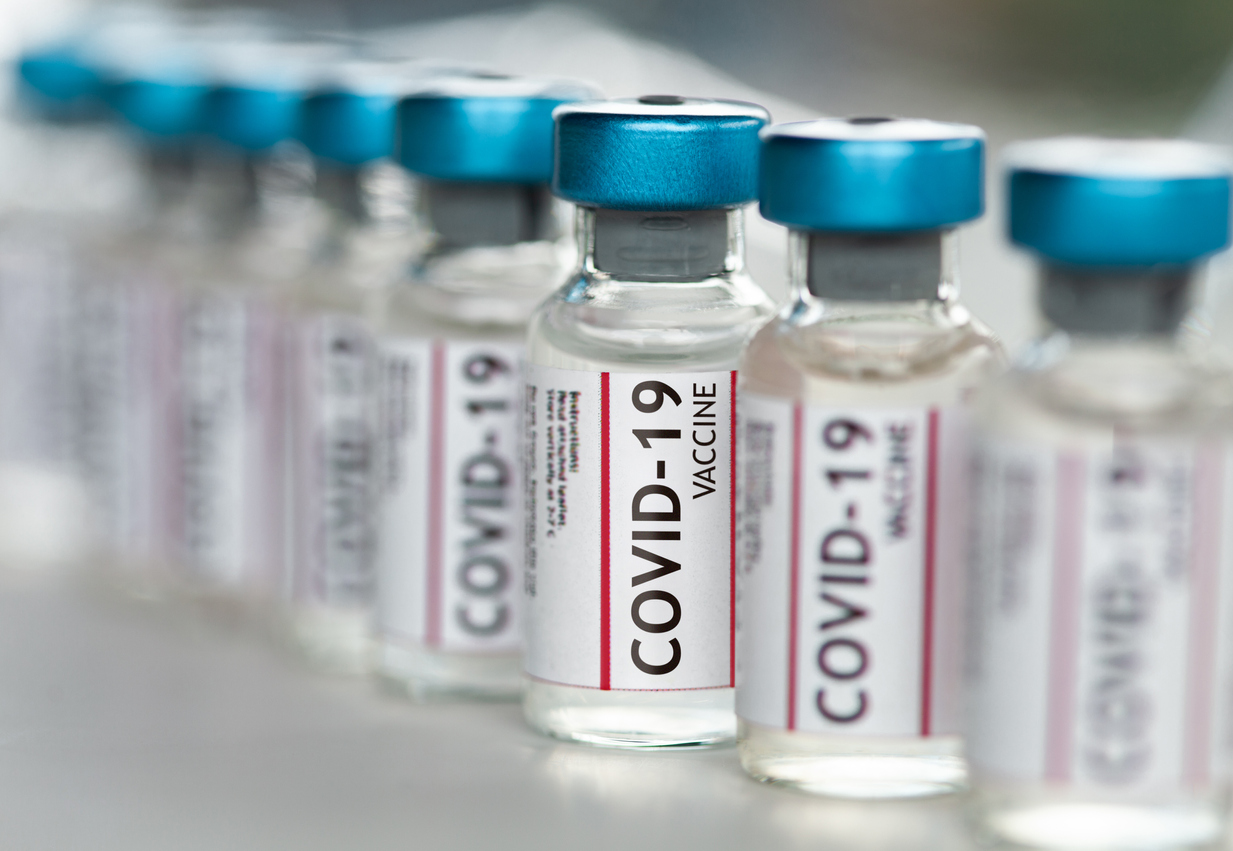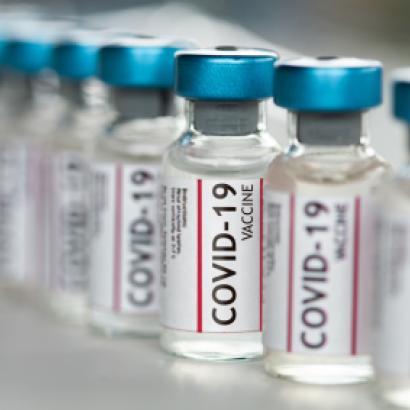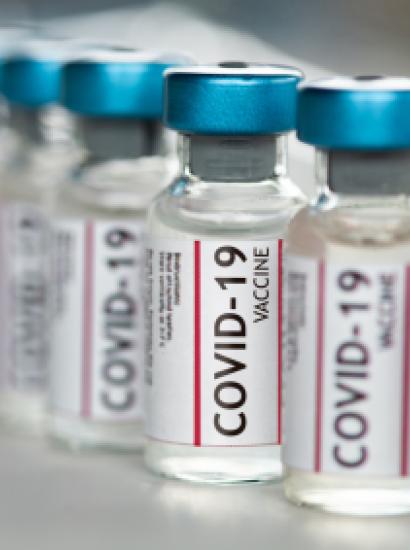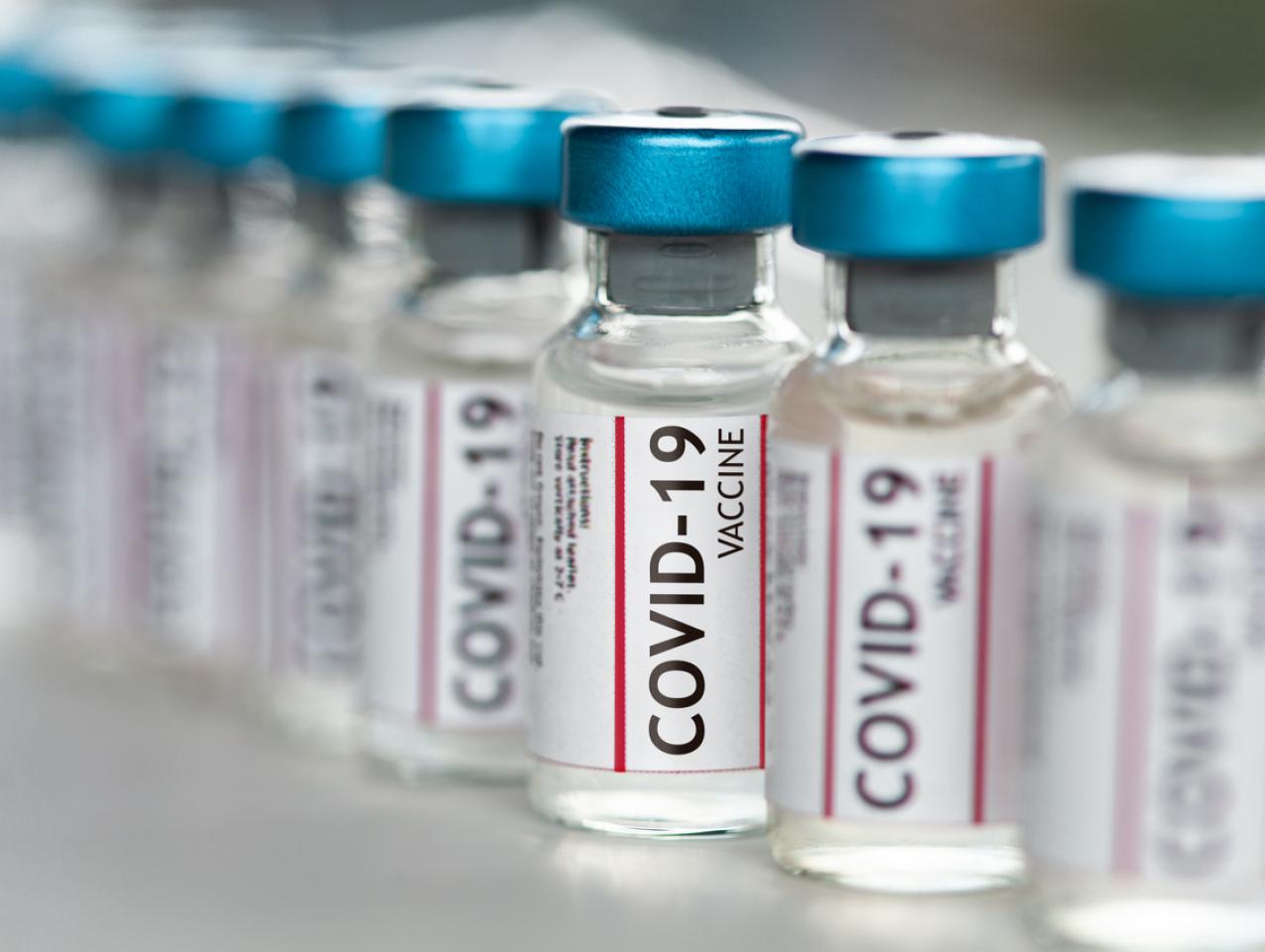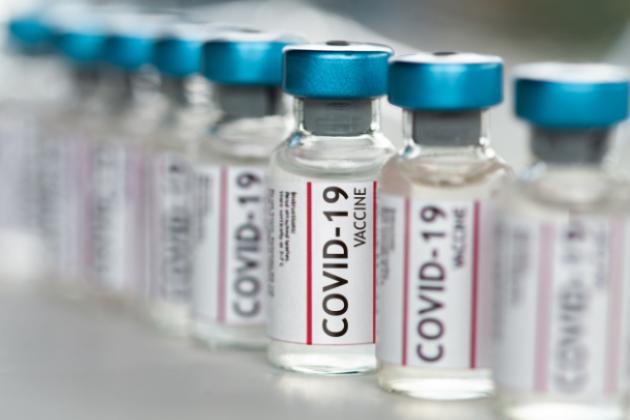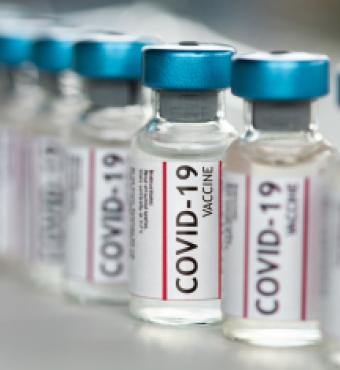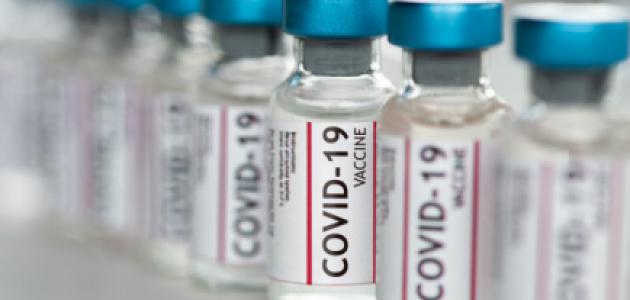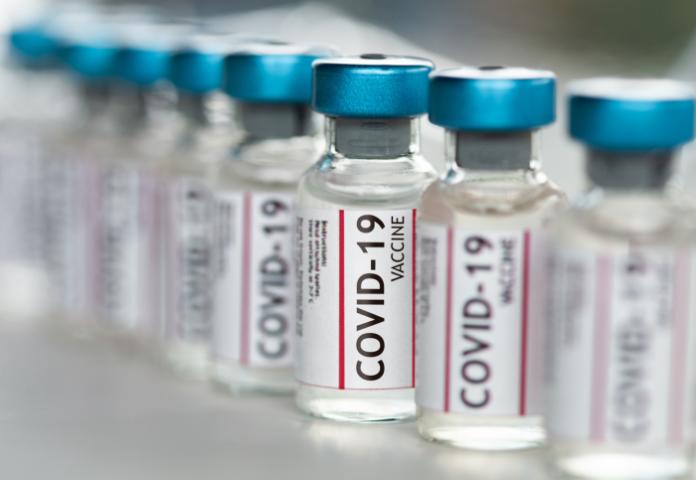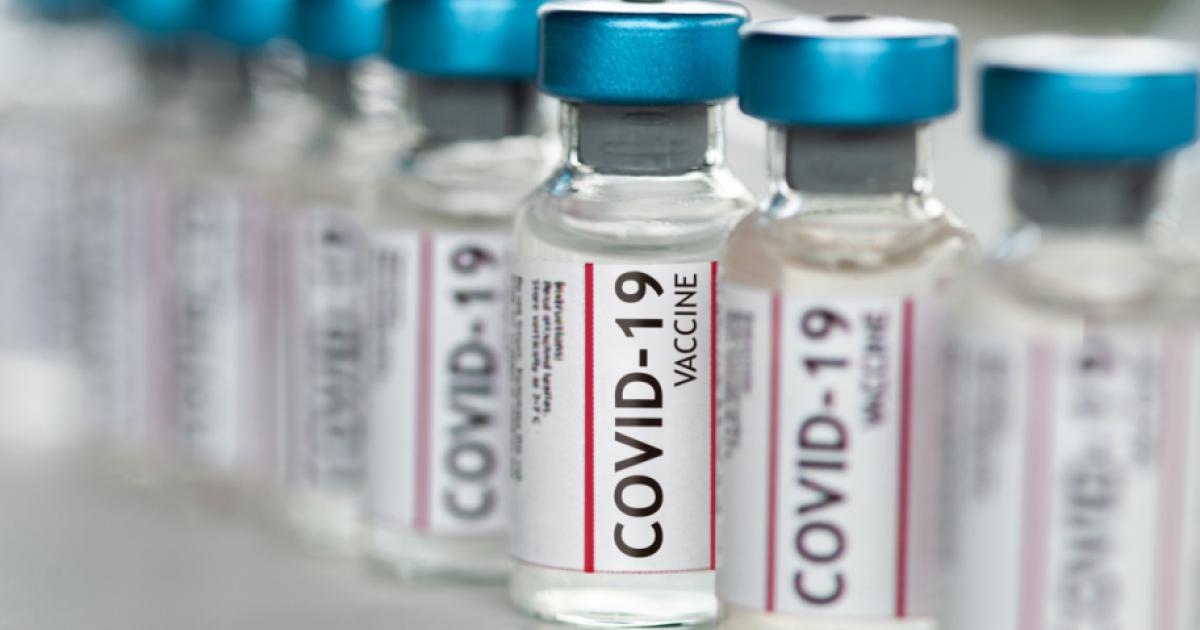- Health Care
- Law & Policy
In late 2020, the Pfizer and Moderna mRNA vaccines were hailed as magic bullets against COVID-19. Some fifteen months later, vaccine advocates have nothing but good things to say about the current program. This perspective is reflected in the Centers for Disease Control and Prevention (CDC) “Myths and Facts about COVID-19 Vaccines” webpage, which gives the mRNA vaccine a clean bill of health in passages such as this one:
MYTH: All events reported to the Vaccine Adverse Event Reporting System (VAERS) are caused by vaccination.
FACT: Anyone can report events to VAERS, even if it is not clear whether a vaccine caused the problem. Because of this, VAERS data alone cannot determine if the reported adverse event was caused by a COVID-19 vaccination.
Elsewhere, the CDC warns that the vaccine can cause mainly allergic reactions and other modest side effects. On March 4, 2022, the CDC continued to insist that “vaccines are highly protective against severe disease” and urged “people”—with no stated limitations—to remain up to date with their vaccine coverage. It also, irrelevantly, defended on its webpage the ingredients in the mRNA vaccines (“nearly all the ingredients in COVID-19 vaccines are also ingredients in many foods—fats, sugars, and salts”). What actually matters, of course, is how they are put together and work. In general, biospecificity matters, such that small differences in molecular structures can lead to major changes in behaviors. Recall that many of the mutations in the COVID-19 virus itself are attributable to single changes in nucleotides.
Meanwhile, federal health agencies are reportedly investigating possible serious side effects, including neurological conditions.
Such a study is long overdue. No one has to think that all adverse events reported on VAERS have to be vaccine-related to think that the vaccine holds some real danger. Even if only a significant fraction of the events were related to vaccines, the issue should be a matter of urgent concern, given the likelihood that at least some adverse effects attributable to the vaccines were not reported.
The CDC downplays studies that cast doubts on statements that these mRNA vaccines are effective and safe. Effectiveness is challenged by the prevalence of breakthrough events along two vectors: vaccinated individuals can both transmit and be infected by the virus. As for safety, many studies list a wide range of purported adverse effects. Testimony by three military physicians in a panel discussion convened by Wisconsin senator Ron Johnson claimed a sharp rise in a wide range of harmful conditions—myocarditis, esophageal tumors, multiple sclerosis, Guillain-Barré syndrome, female infertility, breast cancer, pulmonary cancers—although the Defense Department has responded that those claims are mistaken and arise from a database error.
A Question of Choice
Even if only some of these concerns were to prove true, trouble awaits. Any use of a vaccine raises the possibility of potential tort liability for death and injury by the government and the private parties that authorized, produced, or required vaccine shots. Standard tort law embraces a duty to warn on the ground that autonomous individuals are entitled to make, with the aid of their physicians, informed choices on various treatments, including drugs and vaccines—a choice that necessarily requires them to receive the information on relevant costs and benefits of the proposed treatment and its reasonable alternatives.
When, as here, official statements constantly stress the safety of vaccines to people who are in the next breath threatened with the loss of a job or expulsion from school or discharge from the military, all that stands between the defendants and liability is the need to prove causation.
Standing in the way of a case for potential liability, however, is the Public Readiness and Emergency Preparedness Act (PREP), which stipulates that an FDA emergency use authorization (EUA) for a vaccine will exempt all these parties from liability for vaccine injuries or deaths, “except for willful misconduct.” To my knowledge, no prior vaccination program ever has combined forced vaccination with an explicit rejection of all tort liability for adverse events for government and nongovernment parties alike. Yet the government has erected strong roadblocks against recovery, including higher standards for proof of causation, shorter statutes of limitation, no recovery for pain and suffering, and no right to appeal an adverse determination. The stated justification for these rules is to spur research that is needed to create these vaccines. But the research can be unduly hasty.
A Bad Case of Swine Flu
Historically, the swine flu fiasco offers an instructive and contrasting precedent on how best to respond to manufacturer concerns in vaccine production and distribution. In 1976, when vaccine manufacturers and insurers told Congress that they could not shoulder the risk of vaccine liability, the government did not strip vaccine users of all protection by fiat. Rather, when the National Swine Flu Immunization Program was hastily enacted in August 1976, the federal government assumed full liability for adverse events under its voluntary program. Indeed, then-president Gerald Ford went on national television to plead with citizens to get vaccinated, and some forty million Americans did. The swine flu onslaught never materialized.
After the immunization program was suspended in December 1976, hundreds of claims were brought chiefly by individuals who had contracted Guillain-Barré syndrome (GBS), a rare and painful neurological disorder. In Unthank v. United States (1984), the government conceded that its standard warnings for GBS were inadequate, causing the Tenth Circuit to “liberally” construe the 1976 Act and conclude that “[a]gainst that background, it would be a travesty to suggest that people who hurriedly signed the standardized form presented to them were adequately informed of the risks.”
That travesty would be all the greater if all compensation were denied in today’s vaccine program, which has denied individuals the right to make an informed choice about vaccine use, even after the vaccine mandate aimed at employers was already struck down by the Supreme Court in NFIB v. OSHA (2022) on administrative law grounds. The situation may prove even worse if plaintiffs can establish that treatments such as ivermectin and hydroxychloroquine were safe and effective treatments against COVID-19, or that natural immunity from COVID-19 was effective. Any such lawsuit would seek to prove that the government had to consider both drugs as treatment alternatives; these drugs have been approved for certain other conditions for years. The FDA revoked an emergency use authorization for hydroxychloroquine in June 2020 and denounced the use of ivermectin as a COVID treatment in December 2021. Yet other studies have asserted that both drugs are safe and effective for off-label use, that is, for treatment of a disease or conditions for which they have not received FDA approval.
Today, there are two good reasons why the government’s stance against liability is not likely to hold. First, plaintiffs might well be able to establish willful misconduct against the CDC, the FDA, the manufacturers, and the employers and educational institutions that continued to tout the vaccines and forced individuals to receive the vaccine against their will, without ever acknowledging their knowledge of possible serious side effects. The standard definition of “willful misconduct” states that it is “the intentional doing of an act with knowledge that harm might result.” The plaintiff under this definition need not establish (as they could not) that any of these defendants intended harm. But by the same token, it would be difficult for the defendants to deny that they improperly marketed and promoted the vaccine when they were flooded with public information about dangerous side effects.
A Matter of Compensation
Even if the defense against willful misconduct somehow holds, these defendants may still be held liable on the ground that the total exemption from liability counts as an unconstitutional deprivation of property without due process of law.
The implicit premise of the 1976 Swine Flu Act was that, constitutionally, the government could not deny a tort remedy unless it introduced an alternative compensation scheme. That premise rests on the solid precedent regarding workers’ compensation (1917) and automobile no-fault (1971) systems, which were upheld precisely because they supplied a substantial quid pro quo for the loss of tort liability. That result was also achieved under the 1986 National Vaccine Injury Compensation Program, which was enacted to block suits against alleged adverse events for childhood vaccine suits, which it was widely agreed had wrongly found manufacturers liable for harms they did not cause—always a possible risk. In Davis v. Wyeth Laboratories (1968), the company was held liable when the plaintiff caught polio after taking the Sabin live-virus polio vaccine, even though it was much more likely that the wild strain of the virus caused the harm, so that the misplaced liability had a disastrous effect on vaccine production. But in these cases, the only question is whether the vaccine caused one of the many collateral side effects mentioned above, so that the risk of excessive liability is dampened.
The overall legal position is as yet quite unclear. PREP provides that the law shall not be “construed to affect” liability under the 1986 National Vaccine Injury Compensation Program, which generally allows limited compensation for children, but surely not adults. Yet in light of the swine flu cases, courts could easily conclude that to impose a restrictive regime of liability with a lower probability of a smaller recovery is the kind of travesty that was not allowed in 1976 and should not be allowed now.







